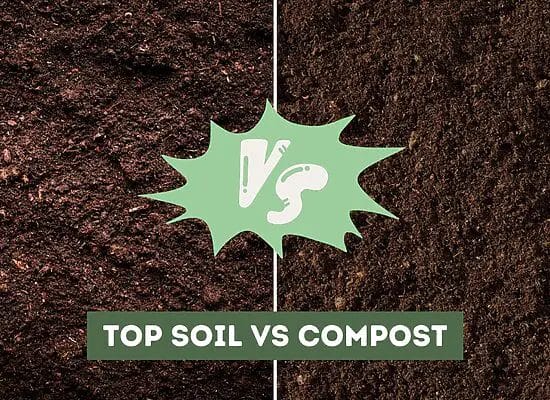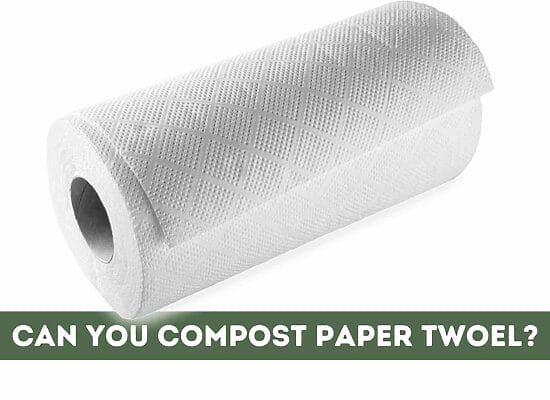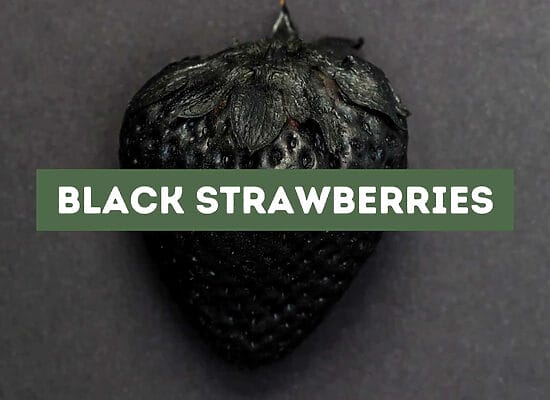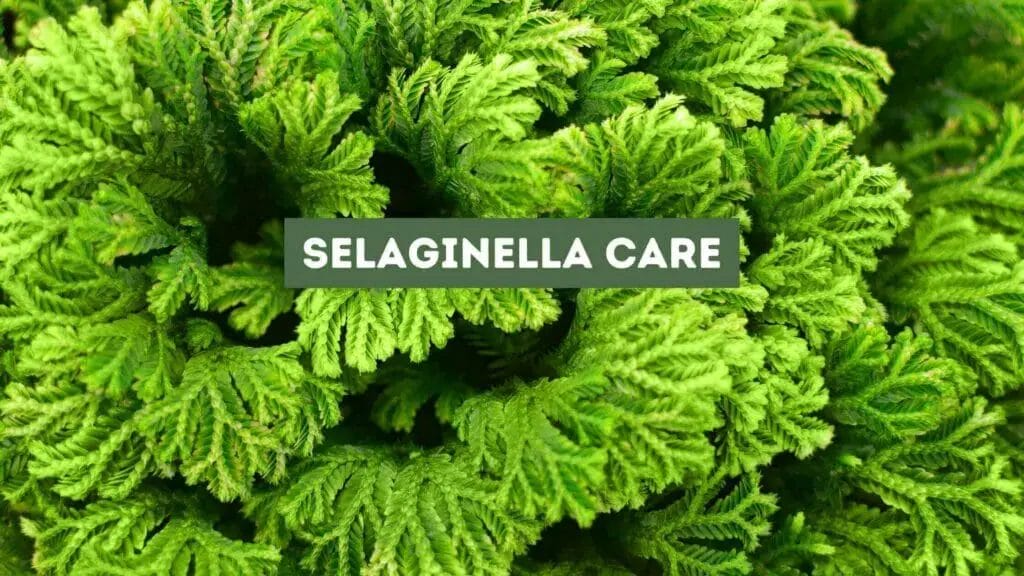
Selaginella, commonly known as spike moss or club moss, is a fascinating and versatile plant that adds a unique touch to your indoor or outdoor garden. With its delicate, fern-like appearance and variety of species to choose from, caring for Selaginella plants can be both enjoyable and rewarding.
By following these simple Selaginella care tips below, you’ll ensure that your plant thrives, adding a touch of green beauty to your living space.
Key takeaways:
- Selaginella thrives in well-drained, humus-rich soil with a slightly acidic to neutral pH.
- Selaginella prefers full shade and temperatures between 50°F and 75°F.
- Watering should keep the soil lightly moist without making it soggy.
- Light requirements include indirect or partial shade, avoiding direct sunlight.
- Proper watering and soil maintenance are crucial for Selaginella care.
- When potting Selaginella, choose a pot with proper drainage holes and well-draining soil.
- Fertilize Selaginella every 4-6 weeks during the growing season with a balanced liquid fertilizer.
- Propagation can be done through plant division or stem cuttings.
- Regular pruning helps maintain compact, bushy growth.
- Common pests for Selaginella include spider mites, which can be treated with mild soap wash or natural predators.
- Selaginella plants require consistent moisture, high humidity, and bright, filtered light to thrive.
Selaginella Overview
Selaginella, also known as trailing moss, is a fascinating plant that can add a vibrant touch to your garden or terrarium. In this section, we will discuss various types of Selaginella, the differences between indoor and outdoor varieties, and whether Selaginella is a moss or a fern.
Types of Selaginella
There are numerous species of Selaginella, with each offering its own unique appearance and charm. Some popular varieties include:
- Selaginella kraussiana: This variety has lush green foliage and can form a dense carpet in a terrarium or outdoor environment. It thrives in well-draining soil, rich in humus, and full shade away from direct sunlight. Its ideal temperature range is 65-75°F (18-24°C) with high humidity above 70% 1.
- Selaginella uncinata: Often called blue spike moss, this species is native to the Gulf Coast of the United States and boasts oblong-shaped, paper-like leaves. It grows as a ground cover in greenhouses and nurseries and prefers partial shade, moist soil, and high humidity 2.
Indoor vs Outdoor Selaginella
Whether grown indoors or outdoors, Selaginella plants require similar growing conditions. However, a few differences exist:
- Light: Indoor Selaginella prefers full shade and low light with a bit of bright light, promoting greener foliage 3. Outdoor varieties can tolerate more sunlight but still prefer semi-shade.
- Temperature: These plants prefer temperatures between 55 and 80°F (13-27°C), especially during nighttime when the temperature drops to 55-65°F (13-18°C) 4. Indoor plants may need additional humidity, while outdoor plants benefit from natural moisture levels.
- Container: Indoor Selaginellas thrive in terrariums that mimic their natural habitat, with high levels of humidity and constant moisture. Outdoor varieties can be planted directly into the ground or containers as ground cover.
Is Selaginella a Moss or Fern?
Though Selaginella plants might resemble mosses in terms of appearance and texture, they are actually more closely related to ferns. Their care requirements and preferred ecosystem are also similar to ferns 5. While they do not have flowers or seeds, Selaginellas reproduce through spores, making them a vascular plant like ferns.
As you explore the world of Selaginella, remember that their care requirements may vary depending on the species and growing conditions. Be sure to provide the right environment, water, and light for your chosen variety, and enjoy watching it grow!
Selaginella Care Essentials
In this section, we’ll dive into the key aspects of selaginella care, ensuring that your plants stay healthy and vibrant. Get ready to learn about light requirements, watering, and soil requirements, as well as temperature and humidity recommendations for keeping your Selaginella in tip-top shape.
Light Requirements
Selaginella thrives best in indirect or partial shade, as it does not fare well under direct sunlight. When placing your plant indoors or within a terrarium, be sure to position it in a spot that receives plenty of diffused light. Additionally, if you grow Selaginella outdoors, choose a location that offers full shade to avoid scorching its delicate leaves1.
Watering and Soil Requirements
Proper watering and soil maintenance are key to keeping your selaginella plant happy. Maintaining consistently moist soil is critical to prevent drying, but be cautious not to overwater. A good tip is to check the top inch of soil for moisture; if it is dry, then your plant is ready for watering2.
To ensure effective drainage, plant your Selaginella in a container with drainage holes. This will prevent waterlogged soil, thereby reducing the risk of root rot2.
When it comes to soil, opt for a humus-rich, well-draining variety with a slightly acidic to neutral pH of around 63. Your Selaginella will surely appreciate the perfect mix of nutrients, water retention, and drainage that this soil type provides.
Temperature and Humidity Recommendations
Selaginellas flourish in high humidity environments, making them ideal candidates for terrariums or in spaces where you can provide extra moisture. To boost the humidity around your plant, you may consider placing a tray of water near the Selaginella, investing in a humidifier, or regularly misting your plant’s surroundings4.
In terms of temperature, selaginellas prefer a range of about 60-75°F (15-24°C). However, it is essential to avoid exposing your plant to extreme temperature fluctuations to maintain its overall health5.
Pro Tip: If you’re planning to grow Selaginella in a terrarium, be sure to balance light and humidity to prevent excess condensation while still providing a humid environment conducive to the plant’s growth5.
Potting and Repotting Selaginella
Caring for your Selaginella plant begins with setting it up in the perfect environment. This section will cover everything you need to know about potting and repotting your Selaginella, including selecting the right pot, choosing the ideal potting soil mixture, and mastering the repotting process.
Choosing the Right Pot
When choosing a pot for your Selaginella, you have various options. While it’s possible to grow it in a conventional pot, it often thrives best when grown outdoors or in a terrarium. Another unique choice is a bottled garden, which provides the high humidity level Selaginella plants need. Make sure to select a pot with proper drainage holes to avoid root rot.
Potting Soil Mixture and Drainage
Selaginella plants need well-drained soil to grow optimally. You can use regular potting soil, but if you don’t plan on repotting every season, consider using a well-draining potting mix containing peat moss and/or compost to help decrease the chances of root rot. This type of soil provides the right balance of moisture retention and drainage, creating an excellent environment for your Selaginella to flourish.
Pro Tip: If you’re growing the plant indoors as a houseplant, you can also add perlite or coarse sand to the potting mix to ensure adequate drainage.
Repotting Process
Repotting your Selaginella can be a simple process, with plant division being the most common method. To do this, follow these steps:
- Carefully pull the whole plant out of the current pot.
- Depending on the size of the plant, divide it into two or more sections.
- Plant each section in a new pot filled with new potting soil.
- Water the newly potted divisions well to ensure they settle into their new environment.
For some Selaginella species, such as the Selaginella Apoda, you can also propagate through stem cuttings. In this case, just cut a healthy stem and place it in a small pot with a fresh potting mix. Keep the cutting moist and warm (55 to 64 °F / 13 to 18 °C) and provide humidity between 60-80% to promote successful rooting.
By carefully potting and repotting your Selaginella plants, you’ll encourage robust growth and keep your plants looking lush and healthy for years to come.

Nourishing Your Selaginella
Caring for your Selaginella involves more than just regular watering and proper lighting. In this section, we’ll explore how to nourish your Selaginella with the right fertilizers and nutrients. Let’s dive into the three major aspects of Selaginella nutrition: fertilizer recommendations, fertilizing schedule, and recognizing nutrient deficiencies.
Fertilizer Recommendations
Choosing the right fertilizer for your Selaginella is crucial. A gentle, balanced liquid fertilizer is highly recommended, especially one with a 1:1:1 ratio of nitrogen, phosphorus, and potassium. This ensures a balanced nutrient supply which encourages healthy new growth in your plant. When diluting your fertilizer, mix it at half the recommended strength to avoid over-fertilizing.
Pro Tip: Organic fertilizers like seaweed extracts or fish emulsion are great alternatives for a more natural approach to Selaginella care.
Fertilizing Schedule
Establishing a consistent fertilizing schedule is vital for maintaining your Selaginella’s health. Fertilize your plant every four to six weeks during its active growing season, which is typically from spring to early fall. Make sure to reduce the frequency of fertilization during the winter months, as the plant’s growth rate slows down. Avoid feeding a newly transplanted Selaginella for at least two weeks to give it time to settle in its new environment.
Recognizing Nutrient Deficiencies
It’s important to know how to spot nutrient deficiencies in your Selaginella. Here are some signs to watch out for:
- Nitrogen deficiency: Yellowing or pale-colored leaves and slow growth
- Phosphorus deficiency: Dark green leaves with purple tones and poor root development
- Potassium deficiency: Yellowing or browning leaf edges, along with stunted growth
If you notice any of these signs, it may be time to adjust your fertilizing schedule or consider switching to a different liquid fertilizer. Remember to closely monitor your Selaginella’s progress and make adjustments to its care as needed.
Propagation and Pruning
Propagation Methods
Caring for your Selaginella plant involves both propagation and pruning techniques. To propagate your plant, there are two popular methods: stem cuttings and plant division. Each method has its advantages, so consider your preferences and garden layout before deciding which method suits you best.
Plant Division: One of the simplest ways to propagate Selaginella is through plant division. Gently dig up the plant, taking care not to damage the roots, and divide it into equal parts by using a sharp, clean knife. Plant each piece in a new pot or garden area, and you’ll have multiple healthy Selaginella plants in no time.
Stem Cuttings: Another method for propagation, stem cuttings, works by taking healthy stems from your existing plant. Snip 4-inch (10 cm) long pieces from the parent plant, making sure each cutting has at least a few leaves. Remove any lower leaves and insert the cuttings into moist soil, ensuring the remaining leaves stay above the soil line. Keep the cuttings in a humid environment, and roots should develop within a few weeks.
Pruning Techniques
Regular pruning will help your Selaginella thrive, maintaining a compact, bushy growth. Begin by removing any dead or yellowing leaves using clean, sharp scissors to snip them off at the stem. Then, trim back any excessively long or leggy growth to encourage bushier growth. This will not only enhance your plant’s appearance but also promote overall health, helping prevent diseases and pest infestations.
Pro Tip: Sterilize your pruning tools before use to prevent potential infections or diseases from spreading to your Selaginella. Clean your tools with a solution of 1 part bleach to 4 parts water, and make sure to dry them thoroughly before use.
Stem Cuttings
As mentioned as a propagation method, stem cuttings can be easily done:
- Choose a healthy parent plant with no signs of pests or diseases.
- Make sure your cutting tools are clean and sharp.
- Select a 4-inch (10 cm) long piece from the parent plant with several leaves.
- Remove lower leaves and insert the cut end into moist soil.
- Keep the cutting in a humid environment, providing adequate light and warmth.
- Watch for roots to develop within a few weeks, then transplant if desired.
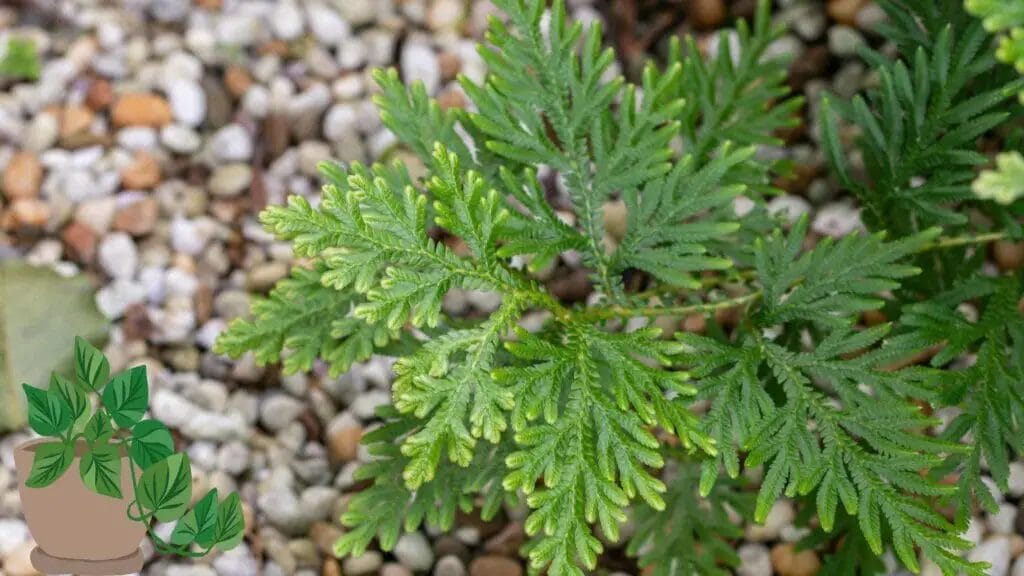
Selaginella Pest and Disease Control
Maintaining the health of your Selaginella plants helps them thrive and look their best. In this section, we’ll discuss the most common pests, disease prevention, and treatment options to help you keep your Selaginella happy and pest-free.
Common Pests
The primary pests affecting Selaginella plants are spider mites. They are tiny creatures that may become a considerable problem if not tackled early on. To identify them, you can look for tiny web-like structures on the leaves of your plant. These pests suck the sap from your plant, causing it to weaken and eventually die if left untreated.
Disease Prevention
Preventing diseases or pests is always better than treating them, and a few simple steps go a long way in keeping your Selaginella healthy:
- Good Air Circulation: Ensure that your Selaginella has enough space around it to encourage proper airflow. This helps prevent the build-up of humidity and reduces the chances of pest infestations.
- Clean Environment: Keep the area around your plant clean to discourage pests from making a home there. Removing dead leaves and debris, as well as regularly wiping the leaves gently, can help keep your plant pest-free.
- Inspect Regularly: Keep a close eye on your plant, checking for any signs of pests or diseases. Early detection can make a massive difference in the success of treatment.
Treatment Options
If you notice any pests or diseases on your Selaginella, here are some treatment options:
- Wash: A simple solution of water and mild soap can be used to wash away spider mites from your plant. Gently spray the solution on the foliage and then wipe it off with a soft cloth.
- Natural Predators: Introducing natural predators, such as ladybugs, can help control spider mite populations. You can find these beneficial insects at your local garden center.
- Pesticides: If the infestation persists, you can use a pesticide specifically designed for spider mites. Be sure to follow the instructions on the label and apply it to your Selaginella as directed.
Pro Tip: A preventative measure to keep spider mites at bay is to create an environment that is less hospitable to them. Keeping your Selaginella in a humid environment can deter spider mites from making a home on your plant. Misting your plant and placing them on a tray of pebbles with water can help maintain a humid environment.
Popular Selaginella Varieties
Selaginella is a fascinating plant family with many intriguing and visually appealing variations. In this section, we will explore popular Selaginella species, specifically focusing on three beautiful examples: Selaginella Kraussiana, the Resurrection Plant, and the Arborvitae Fern. Each of these unique varieties has its own distinct characteristics and care requirements, so let’s dive in and learn how to keep them thriving in your home or garden.
Selaginella Kraussiana
Selaginella Kraussiana, also known as Golden Clubmoss or Spikemoss, is a well-loved and widely recognized member of the Selaginella family. With its lush, mossy appearance and relatively easy care requirements, this plant is a favorite for many tropical terrariums. As you nurture your Selaginella Kraussiana, you’ll notice its soft, vibrant green foliage, perfectly suited to serve as ground cover or a striking accent in your indoor or outdoor plant displays.
Resurrection Plant
The Resurrection Plant, or Selaginella Lepidophylla, is one of the most unique Selaginella species. Highly suited for arid environments, this plant is known for its ability to curl up, appear lifeless, and then revive when provided with water. Because of its remarkable survival skills, the Resurrection Plant commands respect and admiration. If you’re looking for a conversation-starter for your plant collection, this hardy desert dweller is an excellent choice.
Arborvitae Fern
As an elegant addition to your plant collection, consider the Arborvitae Fern, also known as Staunton’s Spike Moss or Selaginella Braunsii. Though not a true fern, it resembles one with its feathery, delicate leaves—and it can add impressive texture and vibrancy to any space. The Arborvitae Fern prefers moist environments, making it perfect for terrariums or well-watered outdoor spots. However, take care to provide indirect light, as this plant is sensitive to bright sunlight.
FAQ: Selaginella Care
What is Selaginella plant?
Selaginella is a plant known as spike moss or arborvitae. It is also referred to as a creeping plant, and it is native to China.
What are the different types of Selaginella plants?
There are different varieties of Selaginella plants, including the spreading club moss, the trailing spike moss, and the moss-like Selaginella.
What are the light requirements for Selaginella plants?
Selaginella plants can tolerate low light but do best in bright, filtered light. Avoid direct sunlight that can cause leaf burn.
How often should I water my Selaginella plant?
Selaginella plants require consistently moist soil. It is best to keep the soil level constantly wet and not let the soil dry out completely. Water your Selaginella plant when the top inch of soil becomes dry to the touch.
What is the best kind of soil for Selaginella plants?
Selaginella plants prefer soil that is rich in organic matter and well-draining. You can use a potting mix that contains peat moss, perlite, and vermiculite.
Do Selaginella plants require high humidity?
Yes, Selaginella plants require high humidity to thrive. You can increase humidity levels by placing your Selaginella plant on a tray of wet pebbles or a humidifier nearby.
How do I fertilize my Selaginella plant?
You can fertilize your Selaginella plant with a balanced liquid fertilizer once a month during the growing season. Avoid fertilizing during the winter months.
How do I propagate my Selaginella plant?
Selaginella plants can be propagated by stem cuttings. Cut a stem with several leaves and plant it in moist soil. Keep the soil moist and in bright, indirect light until the new plant begins to grow.
Is Selaginella plant easy to care for?
Selaginella plant is generally easy to care for. It requires consistent moisture, high humidity levels, and bright, filtered light to thrive.
Can Selaginella plants be used as a houseplant?
Yes, Selaginella plants are often used as houseplants and are an excellent choice for a terrarium plant due to their love of high humidity.


